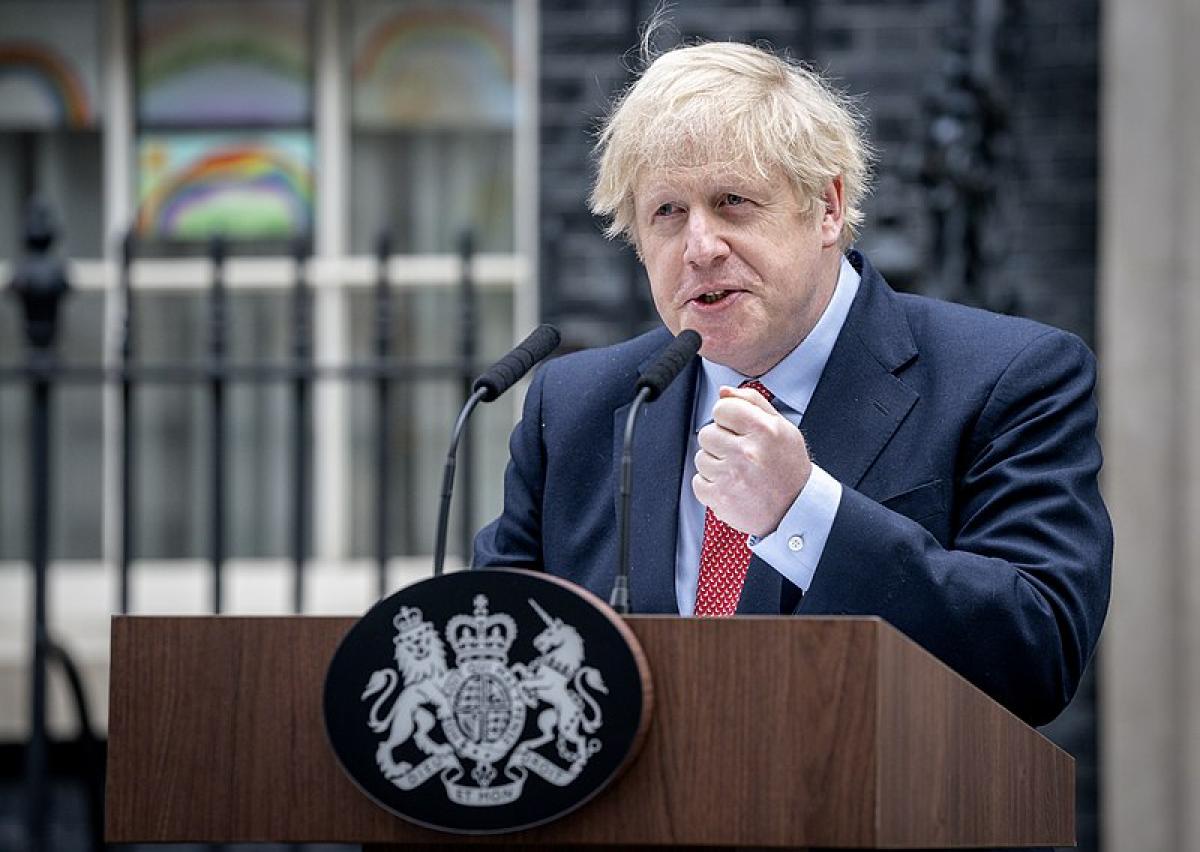


But what can we learn from it?
As a nation, we have learned a lot in the last nine months – how to bake banana bread, how to make a Zoom call, how to home school. But we have also learned how not to communicate thanks to the missives that have passed between the government and the public. Here, we look at how poor messaging has resulted in confusion, chaos and a COVID calamity.
Stay at home. Don’t stay at home, just stay alert. Go to work but work from home. Don't wear a mask – they are ineffective. Actually, wear a mask. You can have 15 to a wedding but 30 to a funeral.
There’s been lots of discussion – and dismay - about the constantly changing guidelines that have come out of the Government since March. The most recent confusion surrounds whether the second lockdown was actually necessary and whether the tier system is effective or not.
Nobody can agree. And yet nobody dares suggest that perhaps the reason restrictions are no longer working is because many people are not following them.
We could argue that these people are wilfully putting lives at risk. They are deliberately flouting the rules. There will be some who are.
But we could also make a case that some haven’t the foggiest what they can and can’t do anymore. And this is where poor communications is to blame.
There’s no doubt about it, Britain's handling of the coronavirus pandemic has been chaotic and ineffective – but where did it all go wrong?
One of the biggest problems policymakers faced when communicating the risks of this pandemic is what behavioural economists call the collective action problem.
This is a dilemma in which all individuals would be better off cooperating but fail to do so because of conflicting interests that discourage joint action.
For most people, the risk of dying as a result of Covid-19 is quite small. But in order for the pandemic to end, everyone - even those perceived not to be at risk - needed to make sacrifices.
We were good at this to begin with. The first lockdown saw people come together. They understood the common purpose.
But things went downhill when the Government started to contradict itself.
This happened for two reasons; bold statements were made without all the information to hand and Downing Street under-estimated what truths people could digest.
Early on they should have made it clear that they didn’t have all the answers.
They also needed to recognise that people are willing to accept uncertainty when it's specified in clear terms.
In short, they needed to treat us like grown ups.
Another area where communications fell flat on its face was a lack of role models.
Prime Minister Boris Johnson talked about the importance of social distancing and was pictured shaking hands with people.
His Chief Adviser Dominic Cummings took a controversial 260-mile car journey at the height of lockdown.
Photographs of a mask-less British Chancellor Rishi Sunak delivering meals in a newly reopened restaurant were taken hours after his government told restaurants to make sure their staff wear protection.
It’s little wonder the public broke the rules when their leaders didn’t feel the need to comply.
The first rule of forecasting is to be conservative, the second is to modify the forecast when the facts change, and the third is to remember that modelling is not reality.
Leaders in Taiwan, New Zealand, Sweden, Germany and South Korea managed this – communicating in clear, broadly honest ways.
But in the UK we have been awash with absurd exaggerations later proved to be wrong – 4,000 deaths a day ring any bells?
On top of that, methods and timelines for communicating messages have been thoughtless.
Muslim leaders condemned the government for the “shockingly short notice” of new restrictions, announced just before the Eid festival began for example.
The lockdown rules for October meanwhile, were leaked to the national papers 24 hours before they were due to be formally announced.
Crisis communication is not just a Government problem. It is important for businesses and organisations of all sizes to know what to do to manage negative situations that escalate quickly.
So what can we learn from our Government’s poor management of COVID-19?
For more advice on handling crisis communications and building effective communications into your internal and external PR, please don't hesitate to get in touch.
Picture by Pippa Fowels No. 10 Downing Street